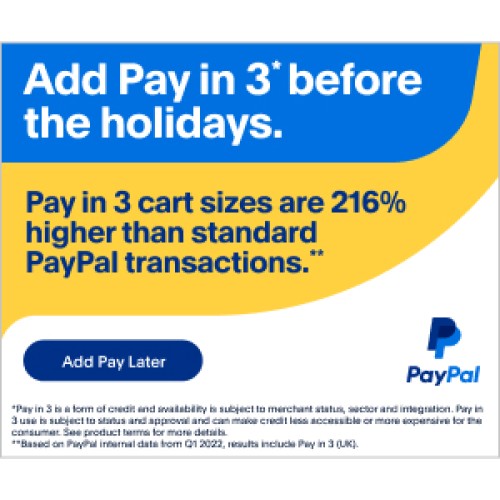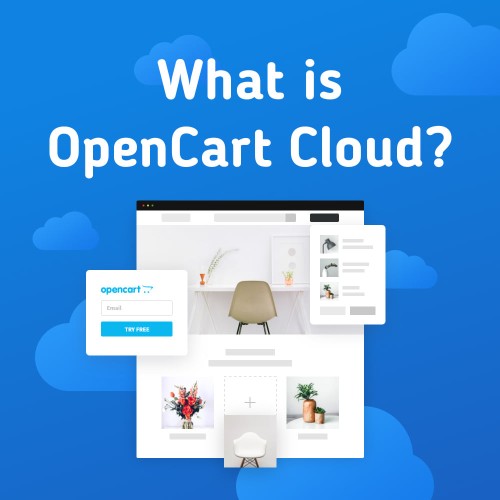I. Introduction
II. Understanding Your Audience
III. Choosing the Right Platforms
IV. Creating a Content Calendar
V. Maximizing Your Ad Spend
VI. Measuring Success
VII. Conclusion

Introduction
In the highly competitive world of eCommerce, having a well-executed media planning strategy can make all the difference in achieving success and maximizing your eCommerce profits. With so many options available for advertising and promotion, it can be overwhelming for businesses to know where to focus their efforts and allocate their budgets.
This is where media planning comes in. By carefully selecting the right platforms to reach your target audience, understanding their behavior and preferences, and creating a content calendar that aligns with your business goals, you can effectively communicate your message and drive traffic to your website maximizing your eCommerce profits by effective media planning.
In addition, by analyzing the performance of your ad campaigns through embedded analytics, you can continually refine your media planning strategies to achieve better results and maximize your profits. This can include adjusting messaging, targeting, and platform choices to optimize performance and better connect with your audience.
Overall, a well-executed media planning strategy is essential for any eCommerce business that wants to stand out in today's crowded digital marketplace. It not only helps businesses reach their target audience but also enables them to measure the effectiveness of their efforts and make data-driven decisions to improve their ROI.
Understanding Your Audience
To successfully create your media strategy, it is essential to comprehend your target audience. It's crucial to determine your target audience and examine their behavior before developing a strategy. This will enable you to comprehend their online habits, the stuff they interact with, and their areas of interest.
Tools like Google Analytics and social media insights can offer useful information on the characteristics, preferences, and behaviors of your audience. Understanding your audience will help you develop a media planning approach that will effectively reach them. For instance, if the majority of your target market is active on Instagram, you may concentrate on producing visually appealing material for them and post at times when they are most likely to be online.
By being aware of your audience, you can also make sure that your messaging speaks to their interests and is pertinent to them. This may raise engagement, promote brand awareness, and eventually enhance traffic and revenue for your eCommerce company.
Choosing the Right Platforms
A successful media planning strategy depends on selecting the best platforms to connect with your target audience. Platforms for social media like Facebook, Instagram, Twitter, and LinkedIn each have unique characteristics and target distinct populations.
For instance, although LinkedIn is more suited to professionals and businesses, Instagram is a visual network that appeals to younger people. You can make sure that your message is heard by the correct people and increase the efficiency of your media planning strategy by being aware of the advantages of each platform and choosing the one that is best for your target audience. Increased website traffic, brand visibility, and ultimately revenue can result from this.
Creating a Content Calendar
A vital aspect of successful media planning is having a content calendar that allows you to prepare and organize your content in advance. This ensures that your message is relevant and consistent across all platforms and aligned with your business goals and audience's interests. By integrating media planning with talent analytics, you can optimize your content creation and distribution efforts to maximize the impact of your messaging and achieve your business objectives. A well-planned content calendar, coupled with talent analytics, provides a roadmap for creating and scheduling content, saving you time and resources, driving traffic to your website, building brand awareness, and ultimately increasing sales.
Using a media planning tool such as Mediatool can take your efforts to the next level. Mediatool offers advanced features such as campaign tracking, budget management, and real-time analytics, allowing you to easily manage and optimize your media campaigns in one place. With Mediatool, you can streamline your media planning process, collaborate with team members, and track your performance across multiple platforms. This can save you time, improve your efficiency, and ultimately help you achieve your business objectives more effectively.
Overall, Mediatool is a valuable tool for businesses looking to optimize their media planning and advertising efforts, Improve campaign performance, and make data-driven decisions.
Maximizing Your Ad Spend
In today's competitive eCommerce landscape, creating effective ad campaigns is critical to reaching your target audience and maximizing profits. It's essential to choose the right type of ad campaign based on your business goals and target audience. Social media ads, Google Ads, and influencer marketing are all effective options, but each has its own unique benefits and considerations.
Analyzing the performance of your ad campaigns is equally important. By using embedded analytics, you can track the effectiveness of your campaigns and adjust your media planning strategies accordingly. This could include tweaking your messaging, adjusting your targeting, or switching to a different platform. Continuously monitoring and optimizing your ad campaigns can help ensure that you're getting the most out of your media planning efforts. Using a media planning tool can also help streamline the process of monitoring and optimizing your ad campaigns, making it easier to track performance and make data-driven decisions.
Measuring Success
Understanding the performance of your media planning strategies is crucial for the success of your eCommerce business. Key performance indicators (KPIs) such as website traffic, click-through rates, and conversion rates can provide insights into the effectiveness of your ad campaigns. By using embedded analytics, which is built into many social media and advertising platforms, you can measure the performance of your campaigns in real-time and make informed decisions to optimize your media planning strategies.
Analyzing the data provided by embedded analytics can help you identify trends and patterns, such as which platforms and content types perform best with your target audience. By leveraging this data, you can fine-tune your media planning strategies to maximize the ROI of your ad campaigns and ultimately increase your eCommerce profits.
Conclusion
In today's highly competitive eCommerce market, having a solid media planning strategy is crucial to success. By carefully analyzing your audience, selecting the right platforms, and creating a relevant content calendar, you can effectively reach your target audience and build brand awareness.
Furthermore, by utilizing various ad campaigns and analyzing their performance with embedded analytics, you can optimize your media planning strategy and achieve higher conversion rates. By continuously refining your media planning strategy, you can stay ahead of the competition and maximize your eCommerce profits.



Login and write down your comment.
Login my OpenCart Account